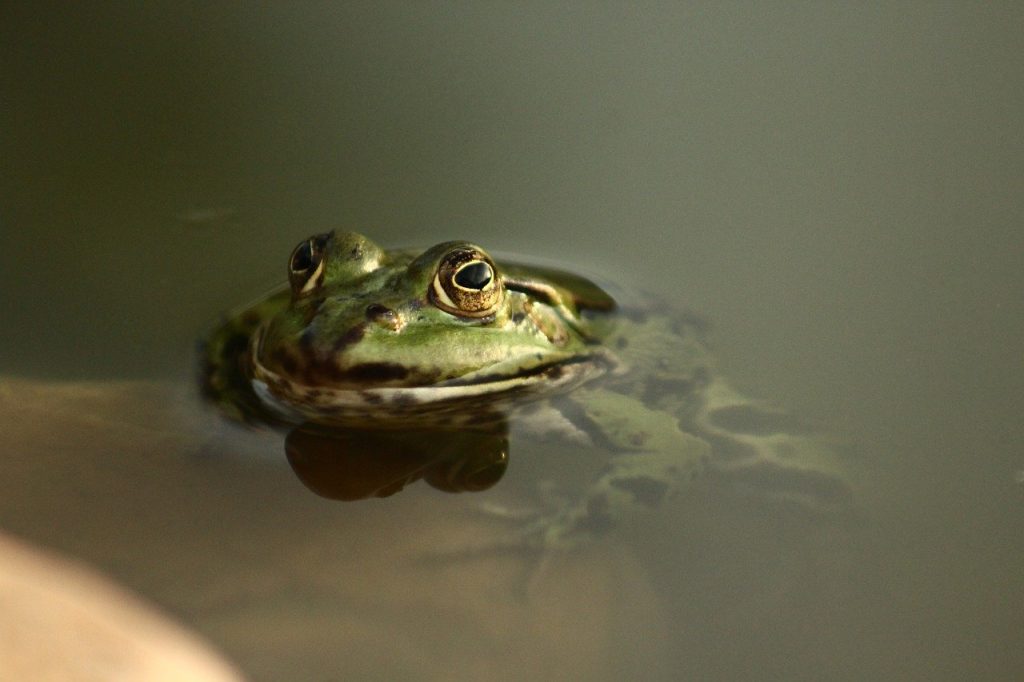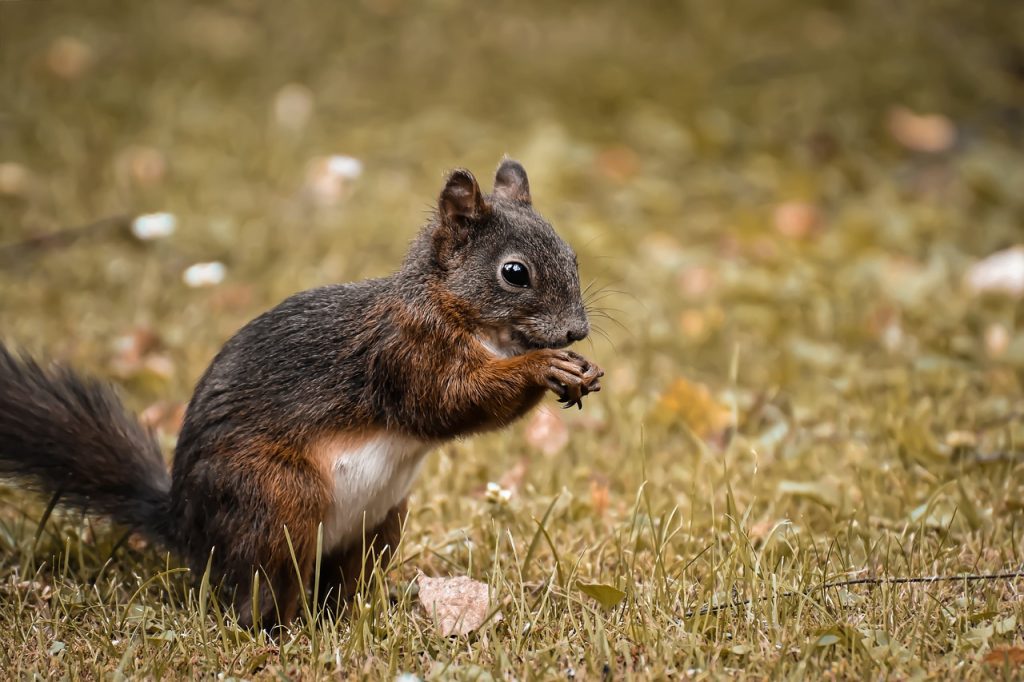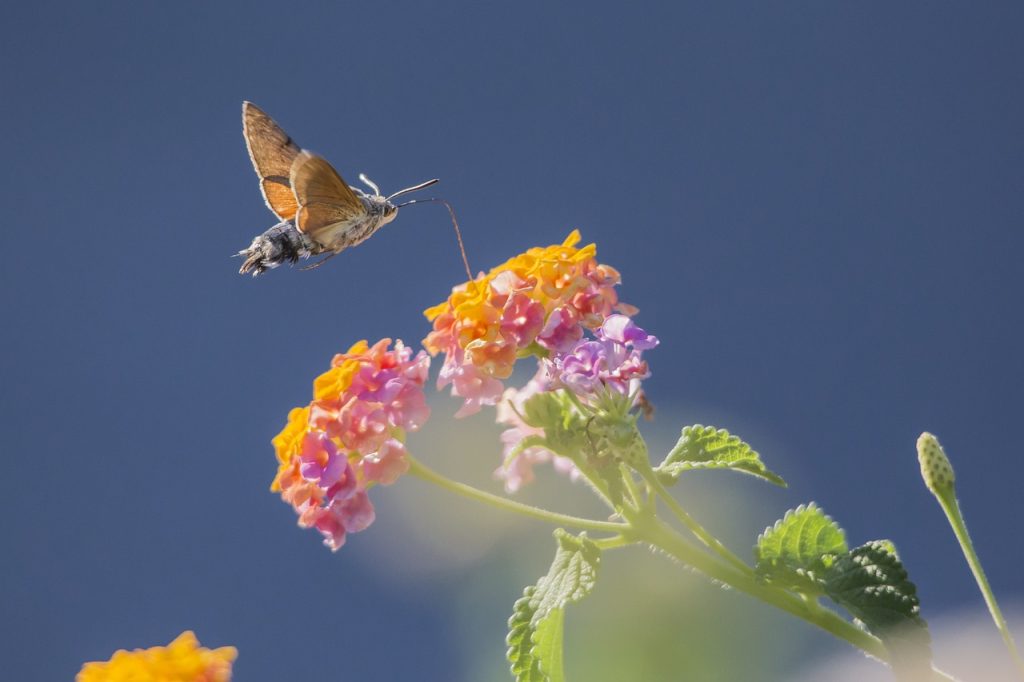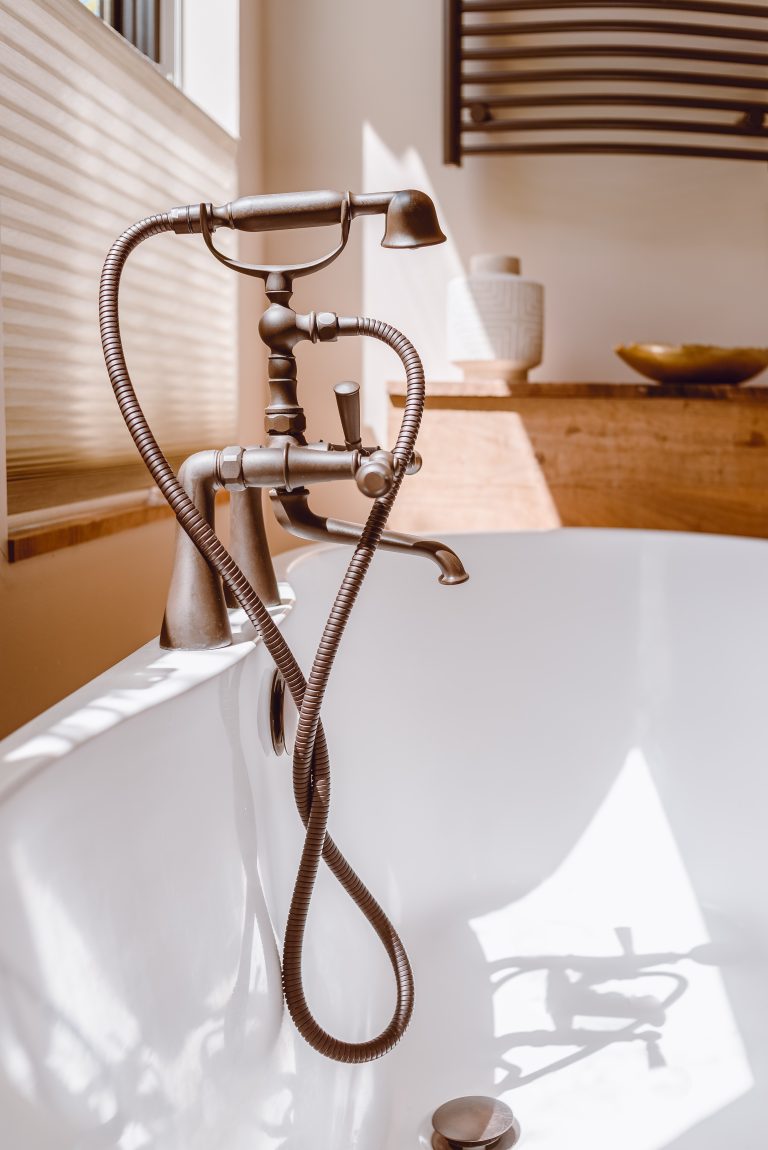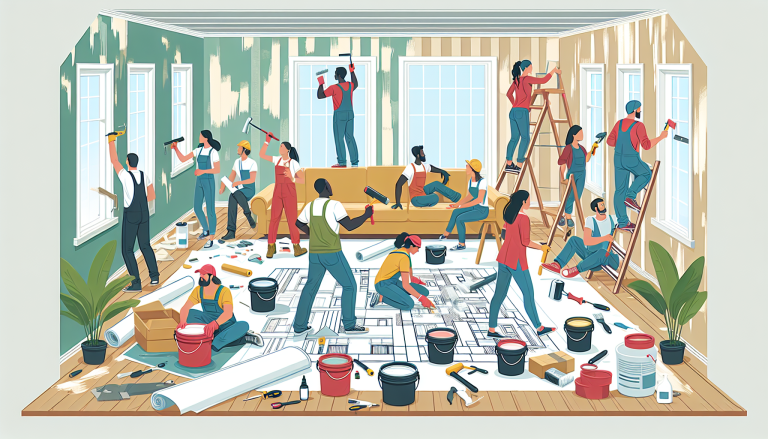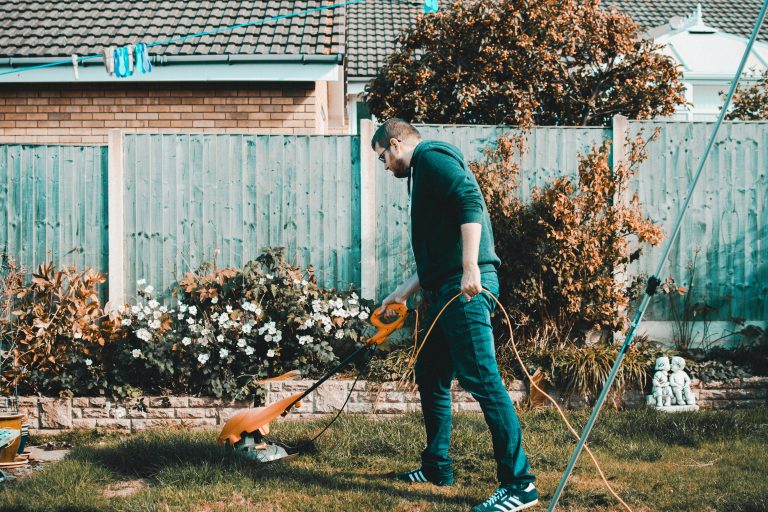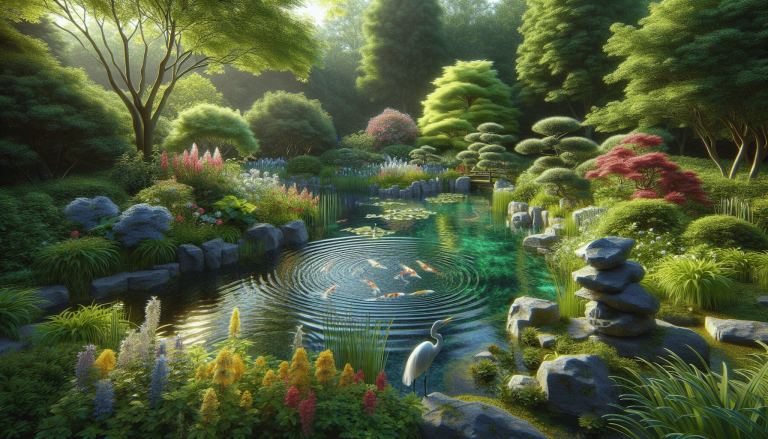Are you looking to bring some vibrant and lively visitors to your garden? Look no further than the fascinating world of bees and butterflies! These beautiful creatures not only add a touch of color to your outdoor space but also play an important role in pollination. In this article, we’ll explore some simple yet effective tips on how you can create an inviting sanctuary for bees and butterflies in your very own garden. Get ready to witness a delightful symphony of fluttering wings and buzzing melodies as you transform your garden into a haven for these enchanting insects.
Table of Contents
ToggleCreating a Bee and Butterfly-Friendly Garden
Having a bee and butterfly-friendly garden is not only a beautiful addition to your outdoor space but also serves an essential purpose in supporting these important pollinators. By following a few simple steps, you can create an environment that attracts bees and butterflies, allowing them to thrive and help in the pollination of plants.
Choosing the Right Plants
The choice of plants in your garden plays a vital role in attracting bees and butterflies. When selecting plants, it is important to consider their attractiveness to these pollinators.
Providing a Water Source
In addition to plants, bees and butterflies also need a water source in your garden. Providing clean, fresh water is essential for them to stay hydrated and thrive.
Creating Shelter and Nesting Areas
To create a bee and butterfly-friendly garden, it is important to provide suitable shelter and nesting areas. This will offer them protection from the elements and predators, encouraging them to make your garden their home.
Planting Flowers that Attract Bees and Butterflies
Selecting the right flowers for your garden is crucial in attracting bees and butterflies. By choosing plants that specifically cater to their preferences, you can ensure a steady flow of these pollinators in your garden.
Selecting Native Plants
When choosing flowers, consider selecting native plants. Native plants have evolved alongside local pollinators and provide them with the necessary resources they need for survival. They are adapted to the local climate and soil conditions, making them ideal for attracting bees and butterflies.
Choosing Plants with Specific Characteristics
Certain flower characteristics are known to attract bees and butterflies. Look for plants with brightly colored blooms, as these appear more visible to pollinators. Also, consider selecting plants with clustered blooms or flat-topped flower heads, as these provide easy access to nectar and pollen.
Creating a Variety of Blooming Seasons
To ensure a continuous flow of bees and butterflies throughout the year, it is crucial to have plants that bloom at different times. By selecting a variety of plants with different blooming seasons, you can provide a consistent food source for these pollinators all year round.
Providing a Water Source for Bees and Butterflies
Bees and butterflies require a water source in your garden to drink and stay hydrated. By providing a suitable water source, you can attract and support these pollinators.
Adding a Birdbath or Shallow Dish with Water
One simple way to provide water for bees and butterflies is by adding a birdbath or shallow dish filled with water. It is important to keep the water clean and refill it regularly to prevent the growth of bacteria.
Including a Water Fountain or Dripping Hose
Another option is to include a water fountain or a dripping hose in your garden. The sound of running water attracts bees and butterflies, and they will often gather around these sources to drink.
Using Damp Sand or Soil
Bees also require minerals found in damp sand or soil. By providing a dedicated area with moist sand or soil, you can attract bees that are seeking these essential minerals.
Creating Shelter and Nesting Areas for Bees and Butterflies
To encourage bees and butterflies to reside in your garden, it is important to provide suitable shelter and nesting areas.
Planting Trees and Shrubs for Shade and Cover
Trees and shrubs not only provide shade in your garden but also act as essential shelters for bees and butterflies. Planting a variety of trees and shrubs with different heights and dense foliage will provide different levels of cover and protection for these pollinators.
Leaving Stalks and Hollow Stems
Leaving stalks and hollow stems in your garden can serve as nesting sites for native bees. Once the flowers have finished blooming, resist the urge to cut them back immediately. Instead, allow the stems to remain throughout the winter, providing nesting opportunities for bees.
Building Insect Hotels
Creating insect hotels is another way to provide shelter and nesting areas for bees and butterflies. These can be constructed using materials like bamboo canes, wooden blocks with drilled holes, and hollow reeds. These structures offer a safe space for solitary bees and butterflies to lay their eggs and overwinter.
Maintaining a Bee and Butterfly-Friendly Garden
To ensure a thriving bee and butterfly-friendly garden, it is important to establish certain maintenance practices.
Avoiding Chemical Pesticides
Using chemical pesticides in your garden can be detrimental to bees and butterflies, as these chemicals can be toxic to them. Opt for organic pest control methods instead, which are safe for these pollinators and the environment.
Practicing Organic Pest Control
There are numerous organic pest control methods available that can help manage pests without harming bees and butterflies. These include techniques such as companion planting, manual removal of pests, and using natural predators like ladybugs and lacewings.
Regular Maintenance
Regular maintenance, such as weeding, pruning, and deadheading spent blooms, is essential in keeping your garden healthy and attractive to bees and butterflies. Regularly monitor the plants for pests and diseases, and take appropriate action promptly if any issues arise.
Conserving Natural Habitats
Creating a bee and butterfly-friendly garden is an excellent step towards supporting these pollinators, but conserving natural habitats outside of your garden is equally important.
Preserving Native Plants in the Garden
Including native plants in your garden not only attracts bees and butterflies but also helps preserve their natural habitats. By planting native species, you contribute to biodiversity and provide resources for local pollinators.
Designing a Wildlife-Friendly Landscape
Incorporating features like bird feeders, butterfly puddlers, and nesting boxes in your garden can create a wildlife-friendly landscape that supports bees, butterflies, and other beneficial creatures.
Joining Conservation Organizations
Consider joining local conservation organizations that work to protect and restore pollinator habitats. These organizations often provide resources, educational materials, and opportunities to participate in community-based conservation projects.
Understanding Bees and Butterflies
To truly create a bee and butterfly-friendly garden, it is important to understand these incredible creatures and their needs.
Learning About Different Bee and Butterfly Species
Taking the time to learn about the varied species of bees and butterflies in your region will help you understand their specific preferences and needs. This knowledge will assist you in selecting the most suitable plants and creating an environment that caters to their requirements.
Understanding Their Life Cycles and Behavior
Each species of bee and butterfly has a unique life cycle and behavior patterns. By understanding these life cycles and behaviors, you can provide the necessary resources at the right times, ensuring the survival and well-being of these pollinators.
Identifying the Signs of Pollinator Presence
Observing your garden and learning to identify the signs of pollinator presence, such as bees collecting pollen or butterflies flitting between flowers, can give you valuable insights into the success of your pollinator-friendly practices. Celebrate these signs as a testament to your efforts.
Attracting Bees and Butterflies with Scent and Color
Bees and butterflies are highly attracted to specific scents and colors. By incorporating these elements into your garden, you can enhance its appeal to these pollinators.
Choosing Plants with Fragrant Flowers
Including plants with fragrant flowers in your garden is a sure way to attract bees and butterflies. The sweet scent of these flowers acts as a potent lure for these pollinators, drawing them in to investigate.
Opting for Brightly Colored Blooms
Bees and butterflies are highly responsive to bright and vibrant colors. Select plants with flowers in shades of purple, blue, yellow, and pink to catch their attention and entice them to your garden.
Creating Visual Patterns and Groupings
Arranging flowers in visually appealing patterns and groupings can help attract bees and butterflies. Consider planting clusters of the same type of plant or creating bold patterns with complementary flower colors. This creates an attractive display that is irresistible to these pollinators.
Providing a Food Source for Bees and Butterflies
To attract and support bees and butterflies, it is crucial to provide a reliable and abundant food source in your garden.
Growing Plants with Pollen and Nectar
Selecting flowering plants that produce ample amounts of nectar and pollen is essential for sustaining bees and butterflies. Research the specific preferences of different species to ensure you provide the appropriate plants.
Planting Specific Host Plants
Butterflies, in particular, have specific host plant requirements, as their larvae feed only on certain plant species. By including these host plants in your garden, you create a favorable environment for butterfly reproduction and survival.
Maintaining a Continuous Blooming Period
To ensure a constant food source for bees and butterflies, plant a variety of flowers that bloom at different times throughout the year. This strategy provides a continuous supply of nectar and pollen, allowing these pollinators to thrive in your garden.
Inviting Bees and Butterflies with Sunlight and Warmth
Bees and butterflies are attracted to sunny and warm environments. By optimizing sunlight exposure and creating warm microclimates, you can make your garden more appealing to these pollinators.
Understanding the Importance of Sun Exposure
Most flowers require direct sunlight for optimal growth and bloom. It is crucial to select the right plant varieties that are suited to the sun exposure available in your garden. Adequate sunlight exposure will attract bees and butterflies while promoting healthy plant growth.
Creating Warm Microclimates
Bees and butterflies are more active in warmer temperatures. Creating warm microclimates in your garden, such as using reflective surfaces to absorb and radiate heat or positioning plants against walls or fences that absorb and retain heat, can attract and retain these pollinators.
Using Reflective Surfaces
Including reflective surfaces, such as mirrors or metallic ornaments, can increase the amount of sunlight in your garden. These surfaces not only enhance the visual appeal but also create a warm environment that bees and butterflies are naturally drawn to.
By following these steps and creating a bee and butterfly-friendly garden, you can make a significant impact in supporting and conserving these vital pollinators. Your garden will not only be a haven for bees and butterflies but also a beautiful and vibrant oasis that you can enjoy. So grab your gardening tools and make a difference by attracting bees and butterflies to your garden today!

